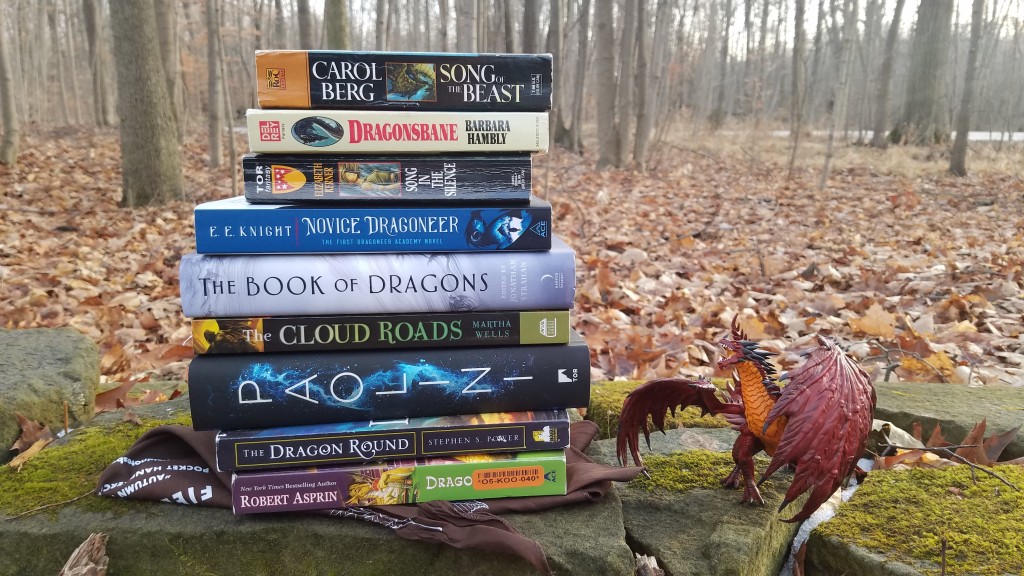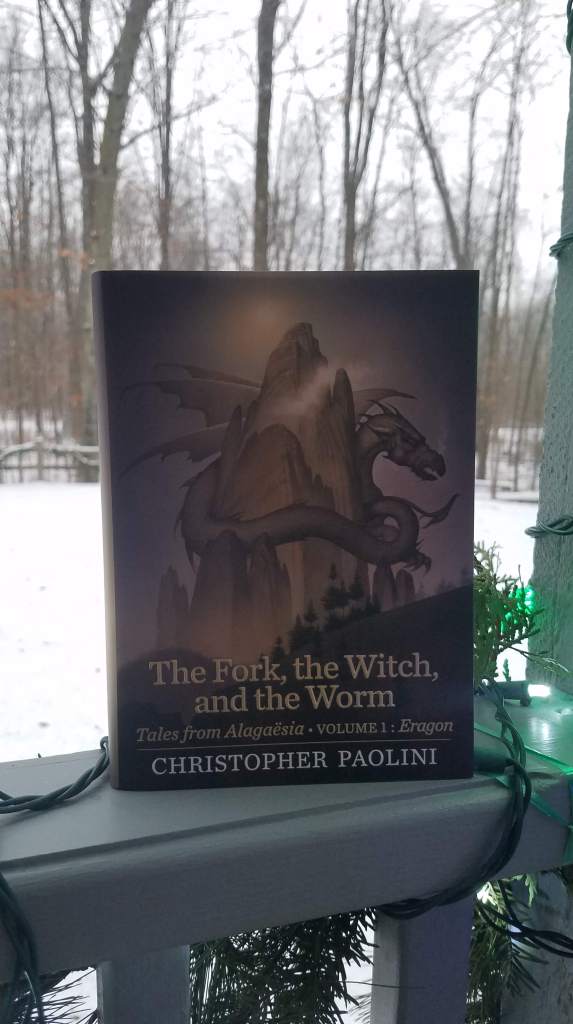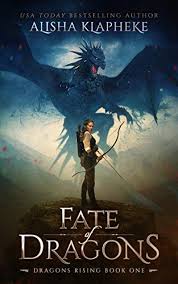Well, I picked a fun year to reboot the blog, didn’t I?
Let’s not spend too much time dwelling on that, anyway. There have been some plus sides to this year — my publication in Fairytale Dragons, not missing any of my scheduled posts on the blog (give or take a day), plenty of new and exciting books released, lots of writing — and that’s just the stuff from my life. Despite all the chaos in the world, and in the US in particular, there are still plenty of examples of people stepping up to help out others and make things better.
Looking forward, though, we’ve got 2021. A year that promises plenty of its own brand of chaos all the same. But, we persevere, and we’ll make the best of it that we can. I’ve got a few plans in the making for next year, and I’ll share a few of them that seem relevant here:
- More New Books — I’m going to try to get through 100 new books, games, movies, or the like in 2021, meaning that we’re going to see more new books and less re-reads in the blog reviews. Hopefully that will include a few series that I’ve never completed, such as Temeraire, Winterlands, or The Age of Fire, but we’ll see.
- More Self-Published Books — I want to spend some more time digging up worthy self-published dragon books from the spice mines of Amazon. I’ve got a few samples sitting on Hugin, my Kindle, waiting to be attended to… once I finish the Warhammer 40k novel I’m reading… and maybe Rhythm of War too…
- Video Games: I’m a big gamer, and while there are far too few good dragon games out there, I’ve got a few worth talking about. More to come on that later.
- Non-Dragon Things: The tagline of this blog has always promised some non-draconic things, but that’s yet to transpire. Come next year, we’re going to break that. To Sleep In A Sea of Stars, Christopher Paolini’s new sci-fi novel that came out this year, seems a prime candidate to kick that off, but we won’t be stopping there.
- And More!
So for those of you who have subscribed to my blog over this last year, or have enjoyed anything I’ve had to say here, I’d like to say thanks, I hope you had a merry Christmas and will have a happy New Year, and I hope you’ll join me again in the year to come as we delve deeper into the Library.


